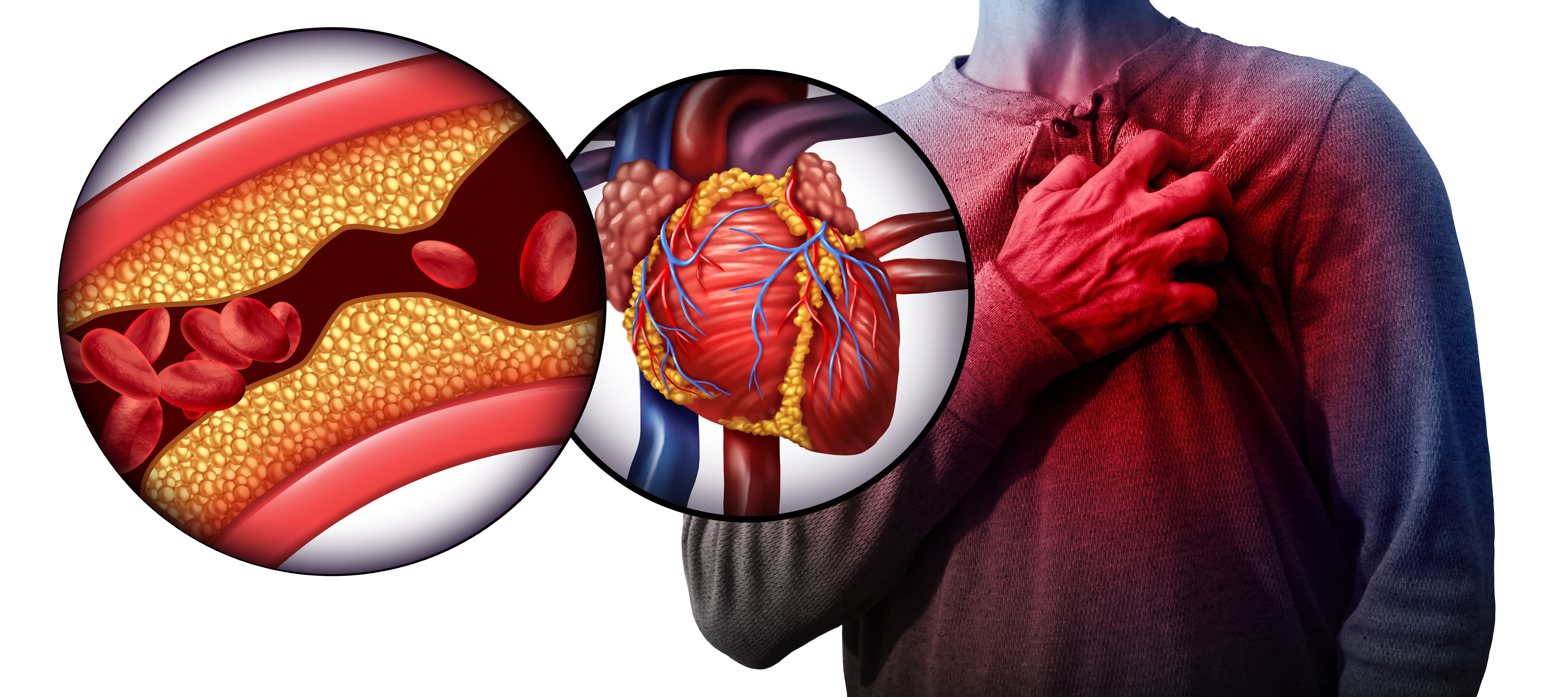- Center on Health Equity & Access
- Clinical
- Health Care Cost
- Health Care Delivery
- Insurance
- Policy
- Technology
- Value-Based Care
Cardiometabolic Risks in Patients With Sleep-Disordered Breathing Identified With Metabolomic Profiling
A large population-based study revealed the associations between sleep-disordered breathing (SDB) and risk for hypertension and diabetes through the use of metabolomic profiling.
Metabolite profiling of patients with sleep-disordered breathing (SDB) can aid in the identification of individual cardiometabolic risks, according to a recent study published in Nature Communications.
Hypertension Model, Cardiometabolic Risk | image credit: freshidea - stock.adobe.com

SDB is an under-diagnosed condition that impacts middle-aged males and females at rates of 34% and 17%, respectively. Those affected by SDB can often experience extreme daytime sleepiness, snoring, sleep apnea or hypopnea, and endure fragmented sleep alongside oxyhemoglobin desaturation. This can be a serious health risk, the authors of the current study note, because emerging evidence has begun linking SDB with heighted risks of hypertension, stroke, diabetes mellitus, vascular issues, and more.
SDB is a complicated condition with a myriad of contributing factors from imbalances in the gut microbiome and hormones to individual inflammation responses and oxidative stress. There are necessary measures to consider in the exploration of the disease such as the recurrence of apnea or hypopnea, the duration of these events, hypoxic burden, among others. Due to the intricacies that accompany investigating SDB, the present authors stressed the need to approach the condition with regard to risk stratification and biology—especially metabolites, which can be useful for identifying disease biomarkers, pathophysiologic mechanisms, and population-based differences.
Researchers operated with the hypotheses that they could characterize new biomarkers for SDB by combining SDB measures and assessing/combining observable changes in their metabolomic environment. To achieve this, they constructed 2 SDB summary measures though the use of an unsupervised, data-driven principal component (PC1 and PC2). Subsequently, they investigated the associations between metabolic environments and SDB PCs in 2 large population batches and utilized a least absolute shrinkage and selection operator (LASSO) regression to pinpoint the metabolite subsets that were most linked to SDB PCs. This data was used to develop SDB metabolite risk scores (SDB-MRS) and these associations were evaluated alongside incidences of diabetes mellitus and hypertension.
Data were gathered from the Hispanic Community Health Study/Study of Latinos (HCHS/SOL) to develop 2 batches of study populations (batch 1: n = 3299; batch 2: n = 1522). Participants serum levels were used to estimate metabolite associations. High scores for PC1 were primarily linked to SDB phenotypes associated with hypoxemia and higher incidents of obstructive events, as well as increases in Respiratory Event Index (REI) measures, that indicated more severe SDB. High scores for PC2, reflective of subphenotypes, was correlated with shorter durations of events and, less significantly, hypoxia as well.
Associations between SDB PC1 and pregnanolone and progesterone-related sulfated metabolites of the biosynthesis pathway were observed, more often in older men, but this pattern was seen throughout each batch. Additionally, the authors noted that a significant association was observed between tauro-beta-muricholate—a lipid of the bile acid metabolism pathway—and SDB PC1 for males (P < .05). Female participants were seen to have a significant association between pregnanolone/allopregnanolone sulfate and glucuronide of C10H1802 (P < .05).
Furthermore, the researchers found that higher SDB PC2 was more associated with sphingomyelins. Of the 4 total metabolites that were linked with SDB PC2, 3 were successfully replicated in each batch and all were sphingomyelins: sphingomyelin (d18:2/24:2), sphingomyelin (d18:2/24:1,d18:1/24:2), and sphingomyelin (d18:2/23:0,d18:1/23:1, d17:1/24). Higher scoring of SDB PC2 was also more commonly seen in younger women with worse self-reported sleep, insomnia, more prevalent disturbances in sleep, and longer sleep duration.
The researchers derived SDB-MRSs were positively correlated with cardiometabolic incidences of hypertension and diabetes mellitus. For every increase in standard deviation of SDB-MRS PC2, the incidence rate ratio (IRR) for hypertension and diabetes mellitus was associated with an increase incidence of 28% (incidence rate ratio [IRR]; 1.28, 95% CI,1.12-1.46; P = .0004) of hypertension and 30% (IRR, 1.30; 95% CI: 1.12-1.51; P = .0005) of diabetes mellitus. The authors noted these correlations were stronger in their assessment of SDB-MRS compared to physiological measures such as hypoxia or REI measures.
"While there is a lot in common across populations, different levels of metabolites across groups, due to various reasons including lifestyle and hormone levels, may make some metabolites more useful than others in some groups," Tamar Sofer, PhD, commented in an email interview with AJMC. "Another notable findings is that we can use analytic approaches to identify measures of sleep disordered breathing (umbrella term that includes obstructive sleep apnea as the most major disorder) that capture different aspects of it," Sofer added.
"In the future, I am hopeful that this can help identify people who have SDB/[obstructive sleep apnea] who are typically under-diagnosed. Having a name to a disorder helps identify treatment." Further research is necessary to completely explore the sex-based differences in their results.
Reference
Zhang Y, Yu B, Qi Q, et al. Metabolomic profiles of sleep-disordered breaking are associated with hypertension and diabetes mellites development. Nat Commun. Published online February 28, 2024. doi:10.1038/s41467-024-46019-y
